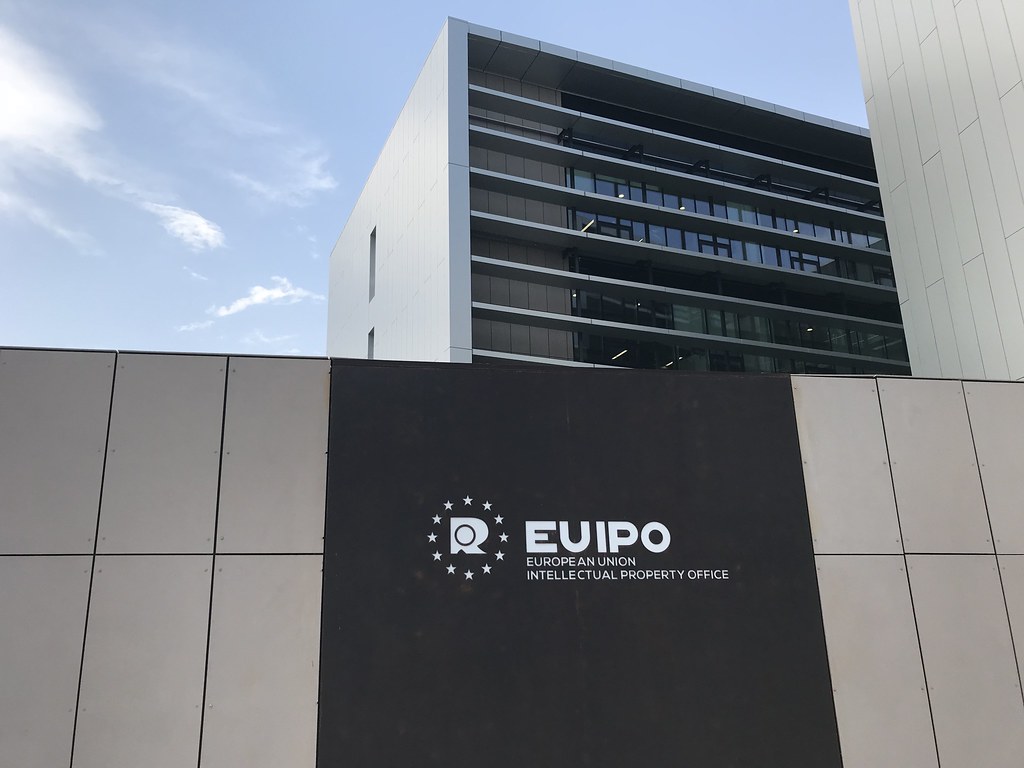A trademark, according to the EUIPO (European Union Intellectual Property Office), is a “symbol which your consumers use to identify you.” A trademark should function as a distinguishing mark in the context of identifying your products or services from those of competitors or rivals. A trademark, on the other hand, might express qualities such as excellence, quality, or ambition.
As a result, trademarks help to give your company distinctiveness from others. Clients relocating to the EU may find it necessary to acquire certification (and endorsement) from an EU Agency in order to ensure that their intellectual property rights are not only protected but also recognized on a supranational level.
Types of Trademarks
The following types of trademarks can be applied for using the agency’s e-portal, according to the EU Trademark Implementing Regulations. These are, first and probably most important:
- Word Mark – one of the most popular consisting solely of letters, numbers or other standard typographic characters.
- Figurative Mark – normally associated with stylisation, layouts or graphic features. There is also an ancillary application titled: ‘Figurative Mark containing word elements’ – which is self-explanatory.
- Shape Mark – which refers to the registration of three-dimensional shapes. There is also an ancillary application titled: ‘Shape Mark containing word elements’.
- Position Mark – this consists of a specific way in which the mark is placed or affixed to the product being marketing.
- Pattern Mark – A pattern mark consists exclusively of a set of elements that are repeated.
- Colour (Single)Mark – an application consisting exclusively of a single colour.
- There is also the possibility of filing a Colour (Combination) Mark – consisting of a combination of colours without contours.
- Sound Mark – consisting solely of a sound or combination of sounds.
- Motion Mark – an application consisting of a movement or a change in the position of the elements of a mark (i.e., different motions registered in one application).
- Multimedia Mark – this consists, or extends to, the combination of images and sound.
- Hologram – A new category of trademark – consisting of elements with holographic characteristics.
The EUIPO’s Function
The European Union’s decentralized agency in charge of supervising, establishing, and providing Intellectual Property (Brand) protection to businesses across the EU and beyond is the EUIPO. The office has been situated in Alicante, Spain, since 1994, and is responsible for trademark administration and community design registration.
According to EUIPO data, the office registers almost 135,000 EU trademarks and nearly 100,000 designs each year. It’s worth mentioning that the Agency also houses the ‘European Observatory on Intellectual Property Rights Infringements,’ whose primary mission is to combat piracy and counterfeiting.
The advantages of registering your trademark
One of the advantages of registration is that you will be protected against infringement lawsuits. Should someone replicate or infringe upon your licensed production, the burden of evidence is always considerably higher (which in itself would be an already registered trademark). Furthermore, by ensuring that your trademark is registered, you may be certain that your trademark is distinct from any other registered trademarks (particularly since the EUIPO affords a period of opposition for any claimant to file an appeal against a prospective registration).
The registration of a trademark also assures that your company has exclusive rights to operate and market your logo/brand and that if a rival/competitor infringes your mark or creation, you will be able to pursue legal retribution against them. Registration increases the legal protection of your own mark since certification and endorsement for protection of your mark is valid in all 27 EU Member states.
Goods & Services
We can help determine the right ‘Nice Classification’ as part of the application procedure (details in the next paragraph). That is, applicants will be asked to identify the right ‘goods and services’ per mark as correctly and precisely as possible for each mark applied for with the EUIPO. The mark will cover the aforementioned ‘goods and services.’ The Harmonised Database is a list of ‘goods and services that help the EUIPO to handle the application more quickly and efficiently.
While customers may be tempted to register for as many commodities and/or services as possible, it is crucial to keep in mind that picking too many categories may result in classification inadequacies, delays in the registration of your EUTM, and the potential of oppositions from other trademarks.
The list of EU IP Firms can be found here.

